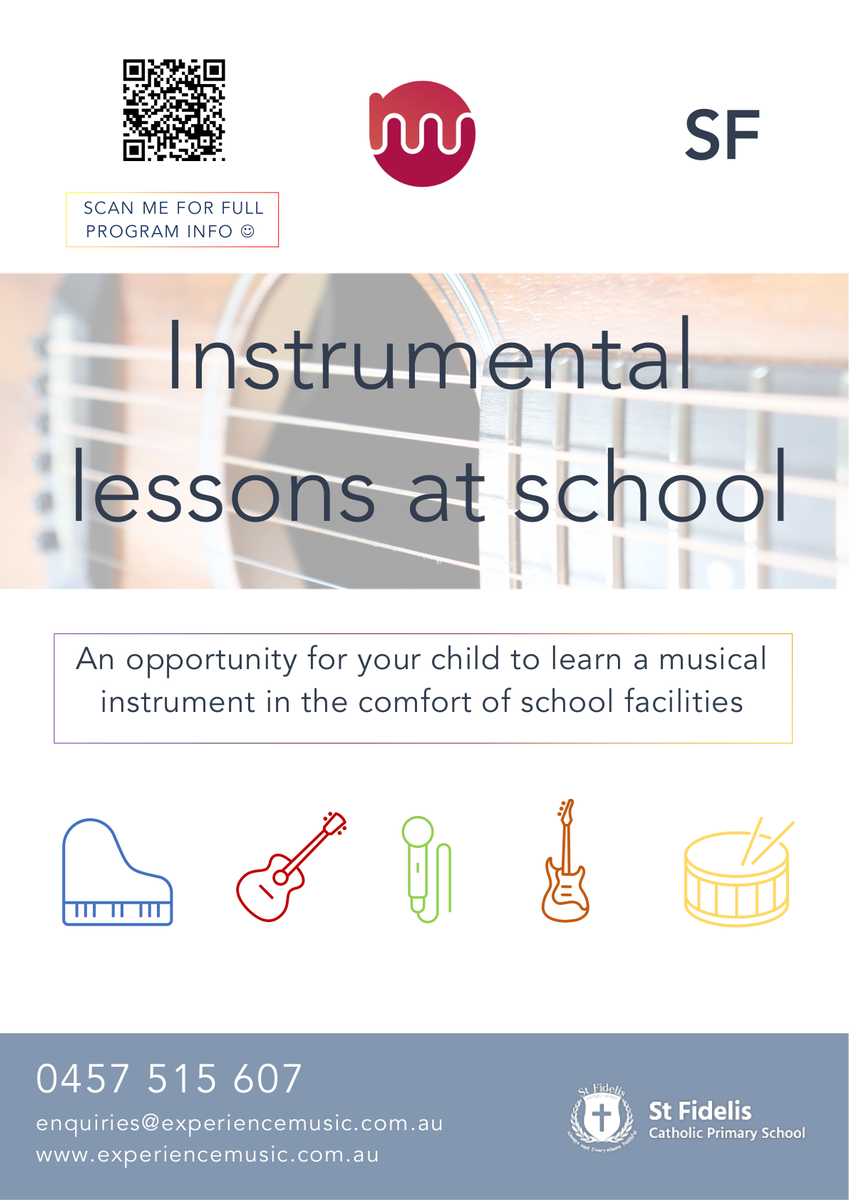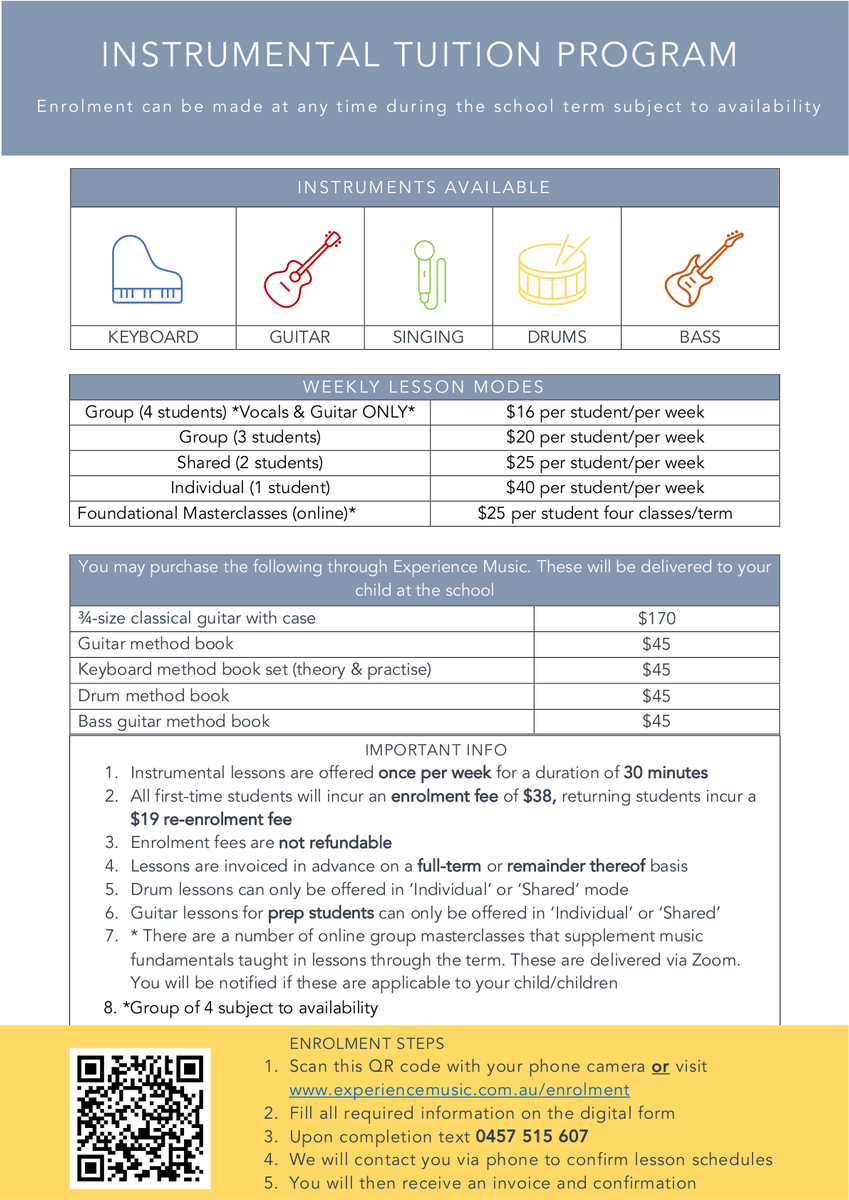Learning & Teaching
Learning and Teaching encompasses the following areas: Student Outcomes, Curriculum, Assessment, Reporting, Principles and Pedagogy.
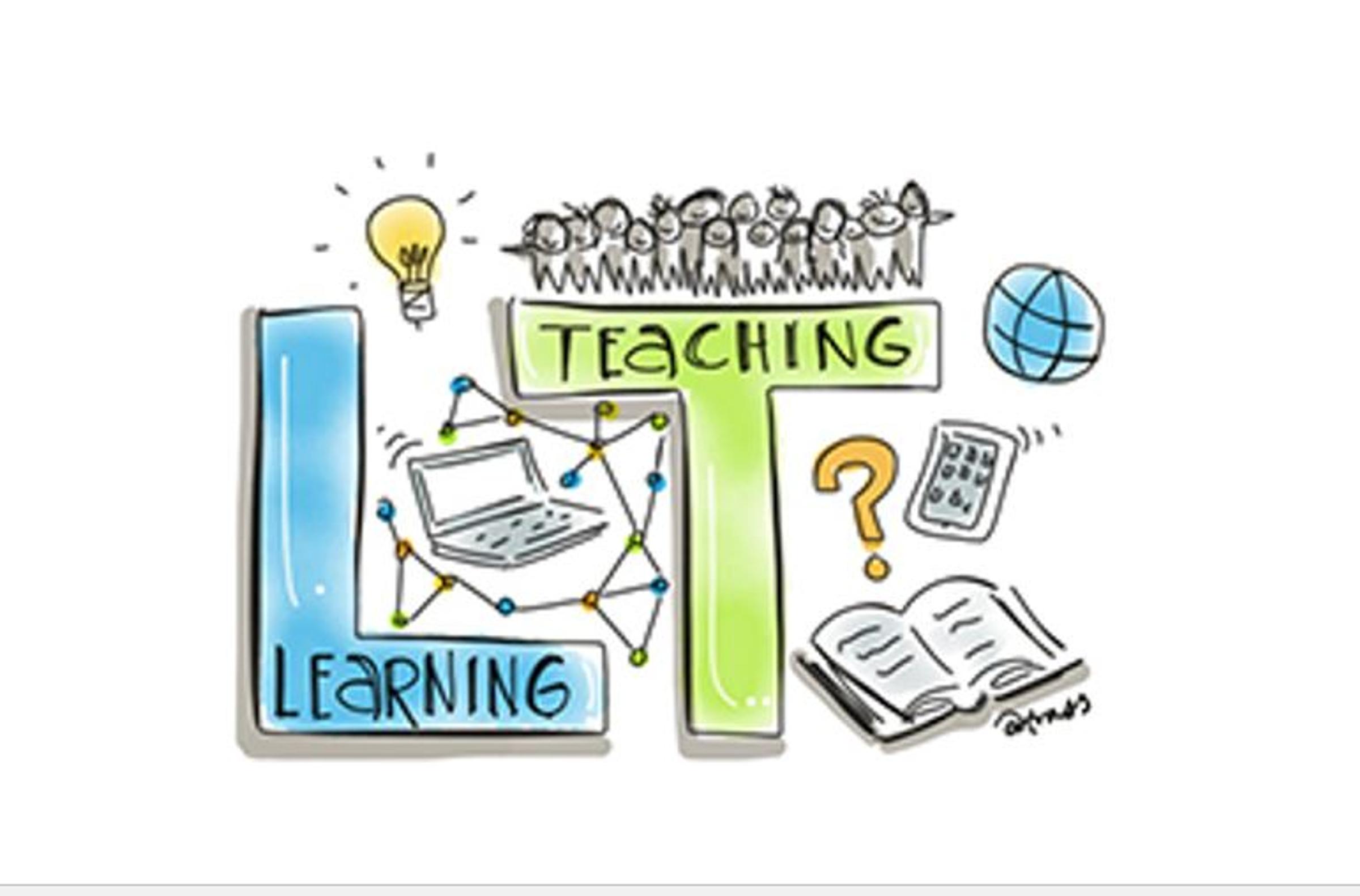
Learning & Teaching
Learning and Teaching encompasses the following areas: Student Outcomes, Curriculum, Assessment, Reporting, Principles and Pedagogy.
At St. Fidelis, we believe that the family and school partnership is vital in supporting and empowering students in their learning and well-being. We want to ensure that there is effective communication between families and schools. We aim to create positive parent engagement and to collaborate with you in your child’s education. Throughout the year, we aim to communicate, connect and build a community of learning with your all. Here are some of the ways we will connect with the families.
Welcome Slides
Earlier this term, families received a presentation with relevant information about their child's year-level expectations and procedures. It was a way for teachers to communicate and connect with parents. Teachers and leaders will continue to communicate with parents regularly regarding the learning and wellbeing of their children.
Whole School Prayer
Each week we celebrate the learning when we come together for the whole school prayer. Each class will lead the school in prayer and share their learning. We also celebrate the achievements of our students with the Student of the Week.
Newsletter
In each newsletter, teachers will provide a summary of the learning from the week. It is an opportunity for parents to talk to their children about what they have learnt and celebrate their child’s achievements for the week. Leaders will also provide information about the curriculum and upcoming events.
Learning Opportunities
Each semester, families can attend our celebration of learning held in the learning spaces. They will have the opportunity to view and interact with their children and celebrate their achievements. Parents can attend our STEM showcase, sporting events, faith workshops, parent evenings and our performance.
Reporting
Our reporting will communicate the learning and teaching at St. Fidelis Catholic Primary School so that students, teachers and parents can work together to improve student learning. As part of the reporting process at St. Fidelis, parents are informed about the curriculum via our termly overviews in the newsletter. Our curriculum overviews provide families with the focus of each learning area taught at St. Fidelis. Parents receive a written report and have the opportunity to discuss their child’s progress during our parent/teacher/child learning conversations. Information about this will be communicated in Term 2 and Term 4. Please find attached our first curriculum overviews for 2023.
We look forward to working together this year. Please feel free to contact us at any time you have concerns or questions. Leaders and your child’s teacher are available via email or phone.
NAPLAN


All students in Years 3, 5, 7 and 9 in Australia will complete the NAPLAN tests in March. The NAPLAN tests the student's skills in reading, writing and maths. The students will do four different tests; Writing. Reading, Conventions of language and Numeracy.
The Year 3 and 5 teachers will help students prepare for NAPLAN tests and sit a practise test on the NAPLAN platform to ensure they are familiar with how to complete the test.
Please talk to your teacher or Vira Pirrotta if you have questions about your child doing the test. For more information on NAPLAN, please read the attached PDFs or visit nap.edu.au.
This week I facilitated two sessions on helping your foundation student at home with their maths. It was great to see so many new parents attend and also lovely to meet you all.
The main points of the session were:
Estimate- How many might there be in the jar, bowl etc.. before counting , estimate
Count- count often, out loud, forwards and backwards. Count things that can move and things that can’t.
Subitise- roll dice show the number of fingers and have children say how many are shown.
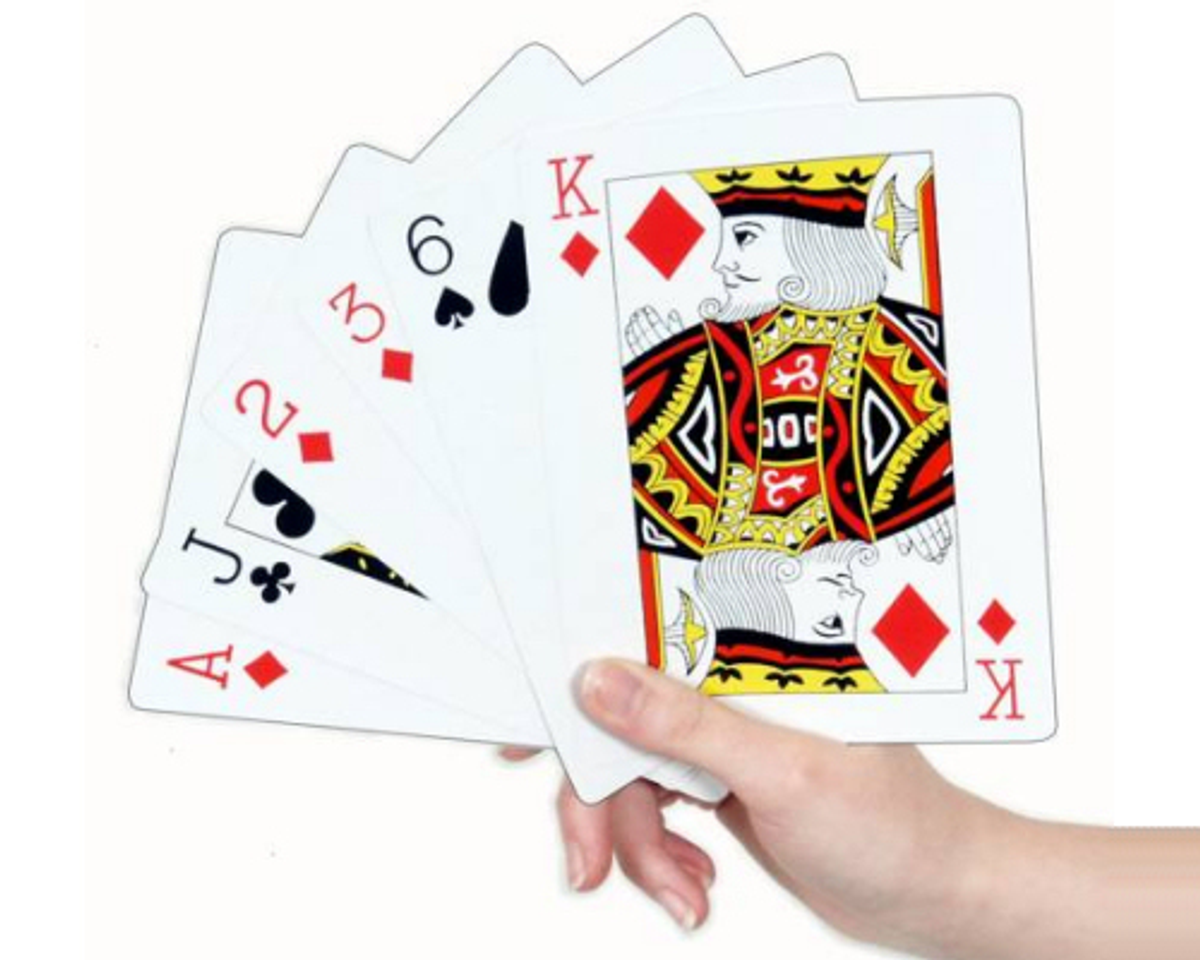
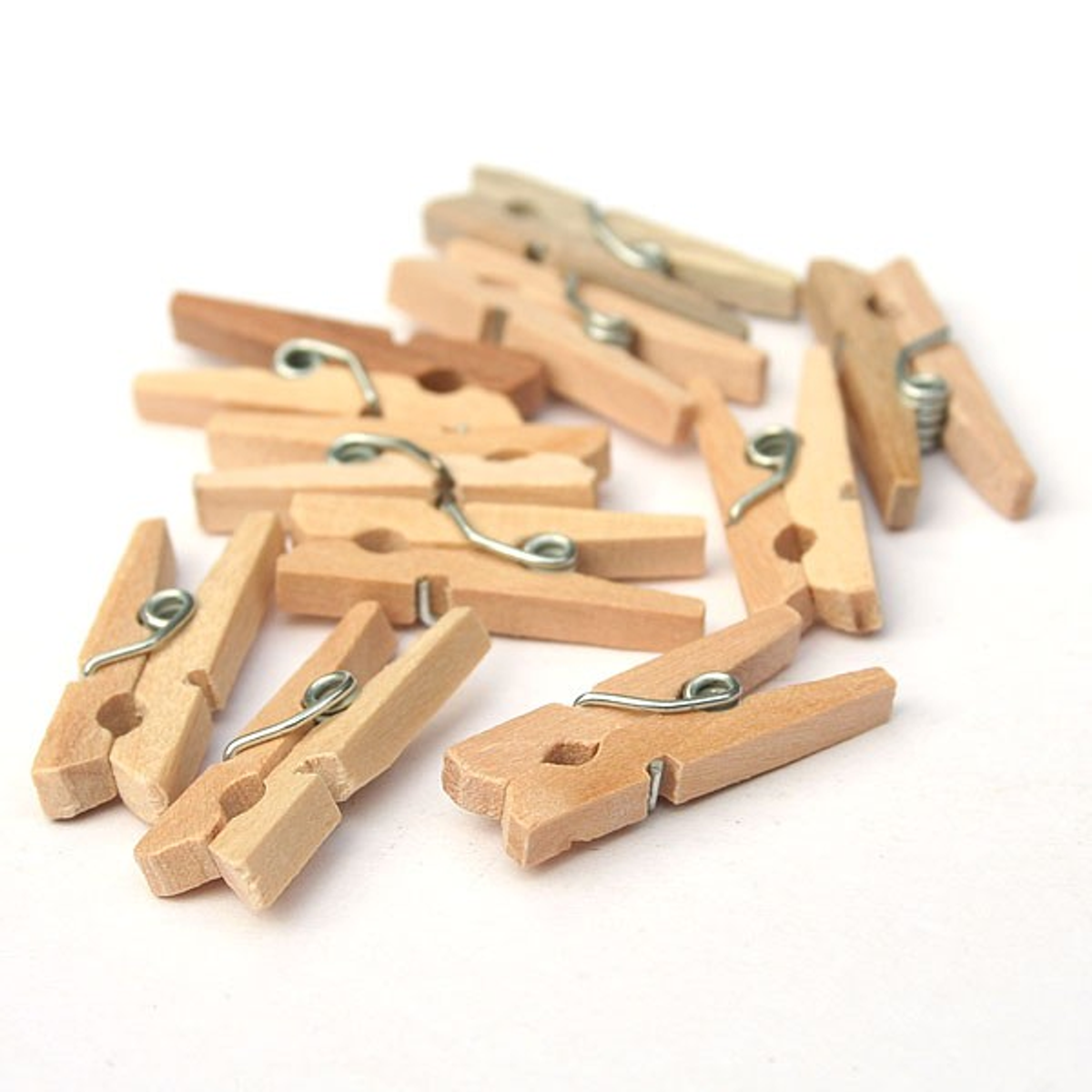


Numeral Identification - read numbers, write numbers, say numbers after/ before. Look for numbers in the world around us and in books and games.
Play games- have fun with counting, matching numbers and collections, card games, go
fish, snap, and line up to 10. When you play board games using dice, help your child recognise how many without counting each dot.
Cook with your child/ children
Read - lots of mathematical concepts in books.
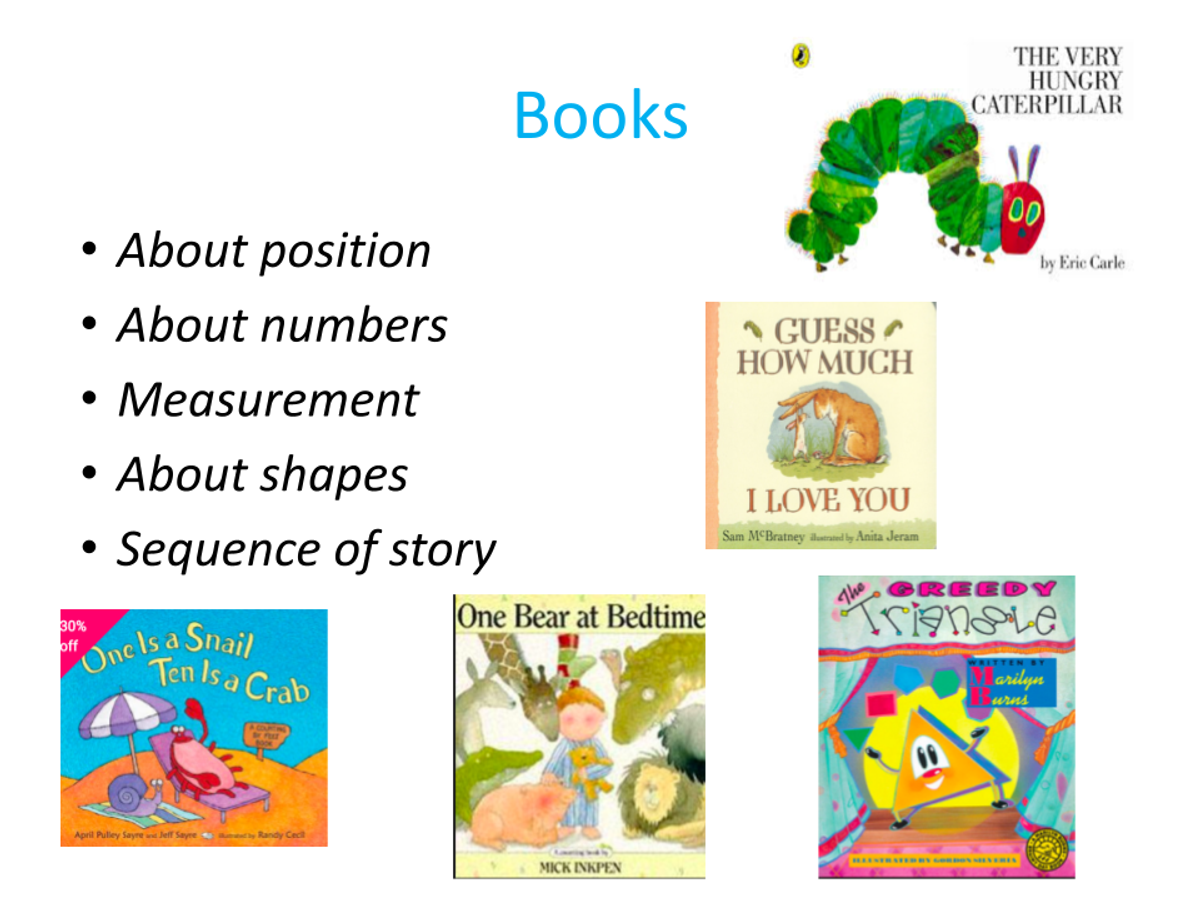



It is important for children to feel they are successful, so praise and encourage all attempts they make. It is important to take risks.
Pancake Tuesday is this Tuesday
It is a great one to involve your children in cooking. Pancakes are easy to make and provide so many mathematical opportunities.
Measure the ingredients - what if we doubled/halved the recipe? How big are the pancakes? Are some bigger/ smaller than others?
Count - how many pancakes are made? What if we made one more? Ate one?
Multiply - what if we made double the amount? How many now?
Divide - what if we halved how many would we make? What if we made ¼ of the amount?
Data - what is your favourite topping? How many like that? How many like something else?
What’s happening in Sustainability
As part of our Sustainability learning the children are engaged in making “seed spheres’’. Seed spheres are round balls of compost, flour, water and seeds that can be planted in our gardens. The children have used a variety of seeds such as lavender, daisies, cress and snapdragon to make the seed spheres. Our curriculum leaders will be selling the seed spheres at our community day on the 19th of March.
Today we went to Sustainability and we made lavender seed spheres. We had a lot of fun. What you need to do is that you leave them in the sun it dries them up and turns them into a rock. We are going to sell them at the St Fidelis community day. You then put them in the soil, water them and they will grow. It has been so much fun because I got to knead the dough. Hunter1/2VC
Lavender seed spheres are made from flour, soil, seeds and water. You can plant them in the planter box or in the ground. You have to make sure they have sunlight and water, slowly it will start to grow. We made them for you to see at the St Fidelis' community day, we also had to measure and double all the ingredients. Zara 3/4
Today when we were at Sustainability we made lavender seed spheres with Ms Gasbarro. It was so much fun. We put the seed spheres in the sun for a couple of hours then it should feel like a rock. We can plant them in the ground and then they will start to grow slowly. Juliano 3/4
Our garden beds have arrived. Last week, we received the much awaited garden beds. We purchased 7 garden bends that will be placed around the school. During the week, our Year 5/6, children removed all the tanbark so that their garden beds can be placed in the allocated area. We were so fortunate to have the first 4 installed last week. Our next step is to fill them up with soil so we can begin planting our vegetables. Replas is an Australian recyclable manufacturer that makes garden furniture from recyclable plastic.
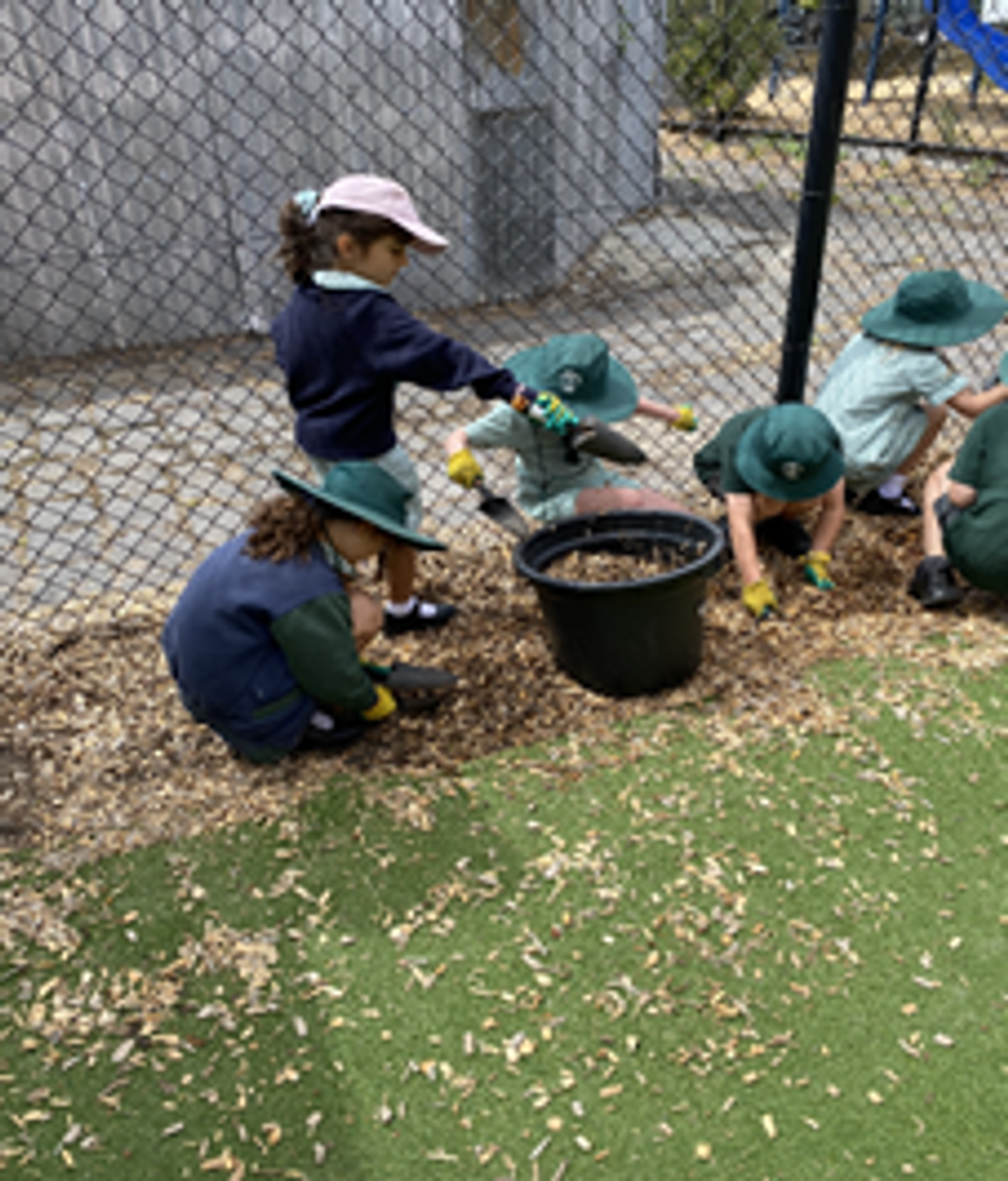
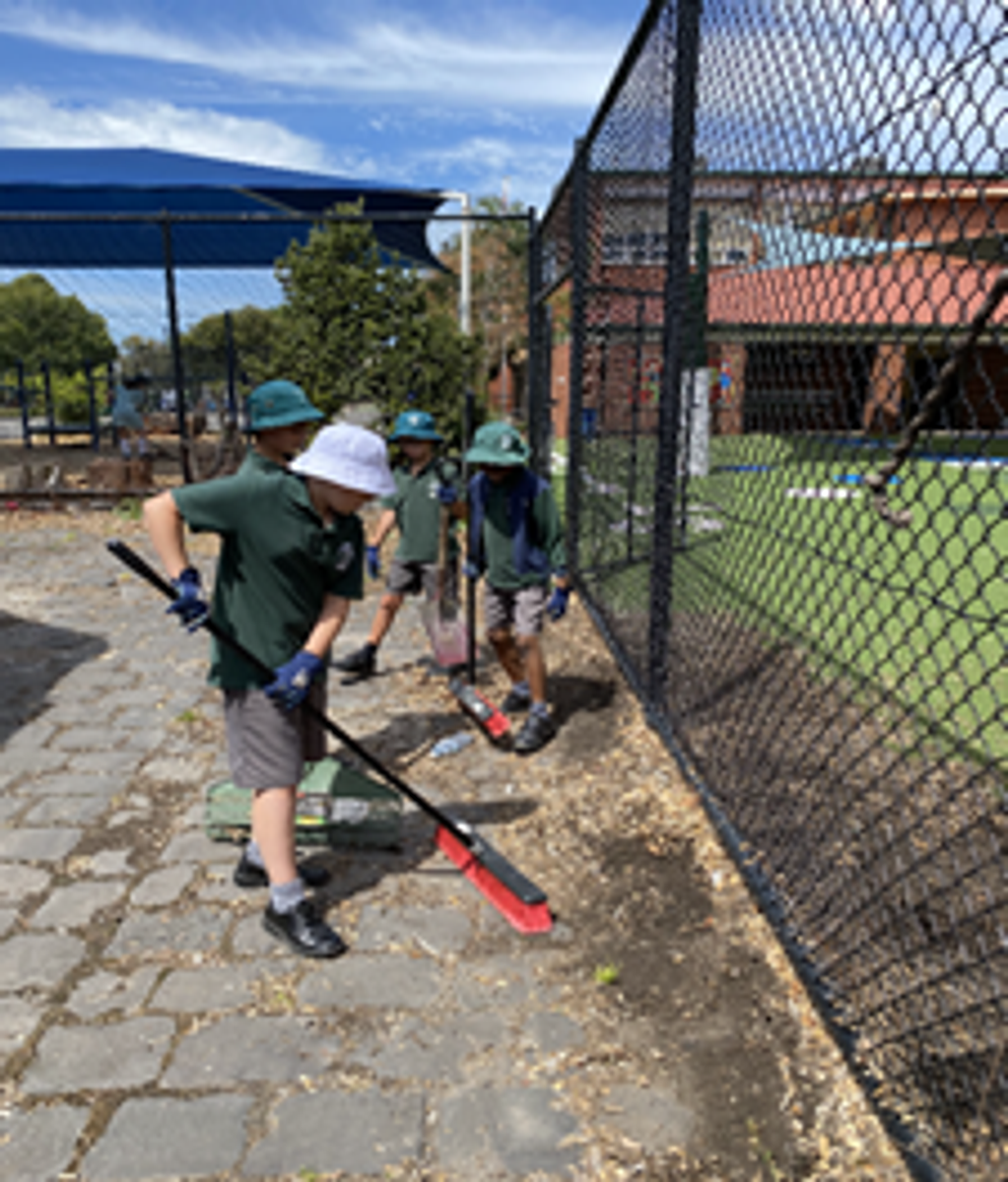
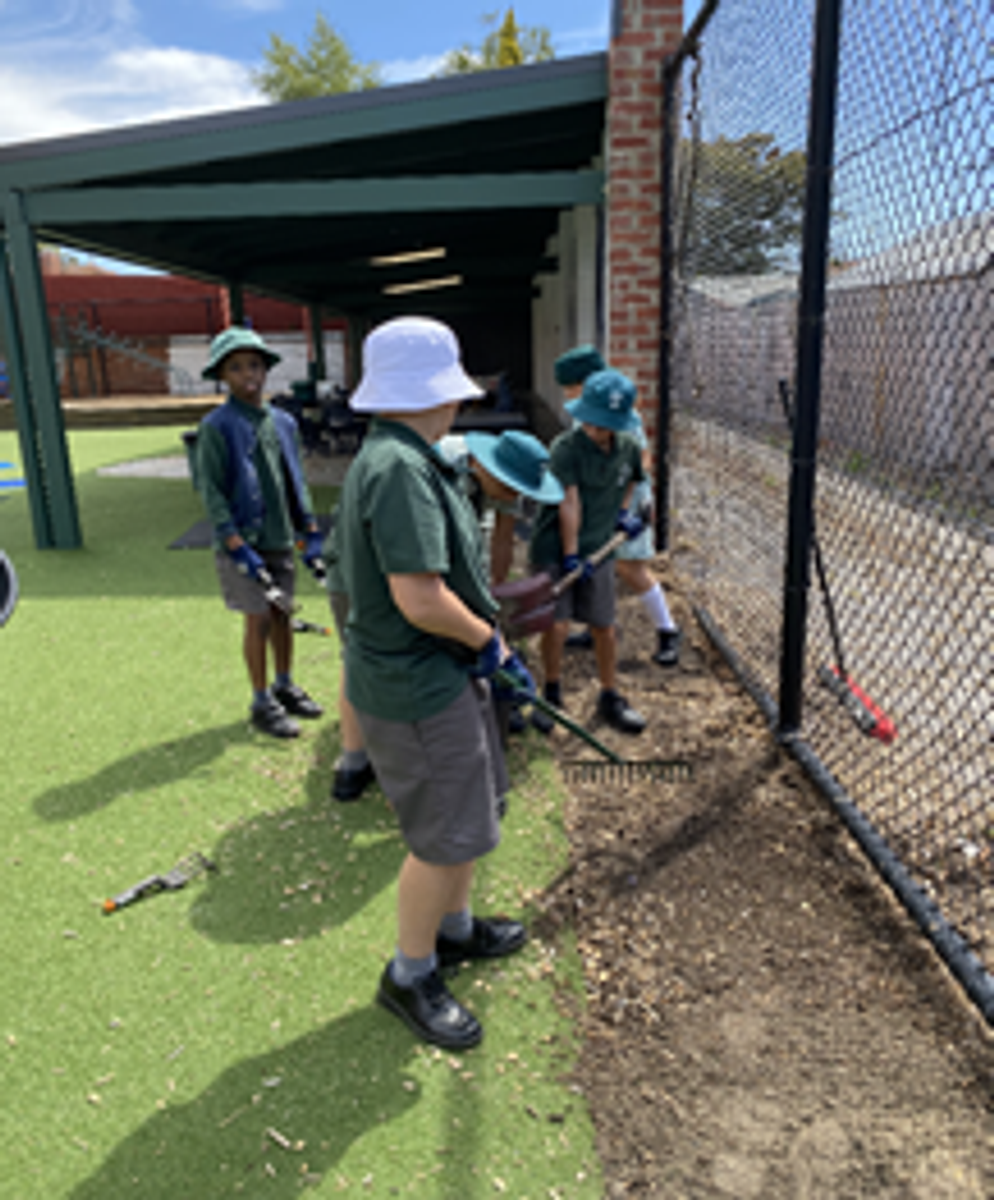
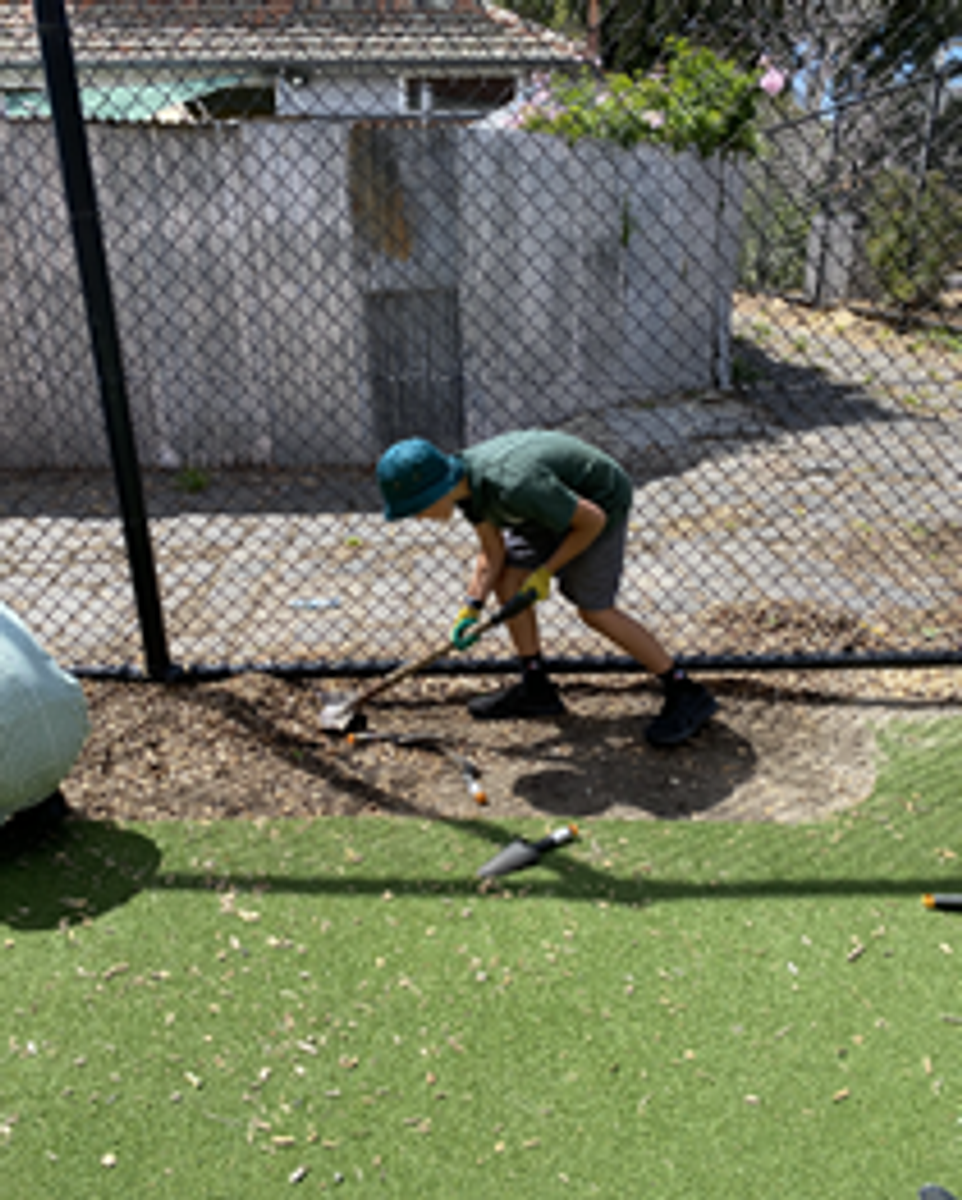

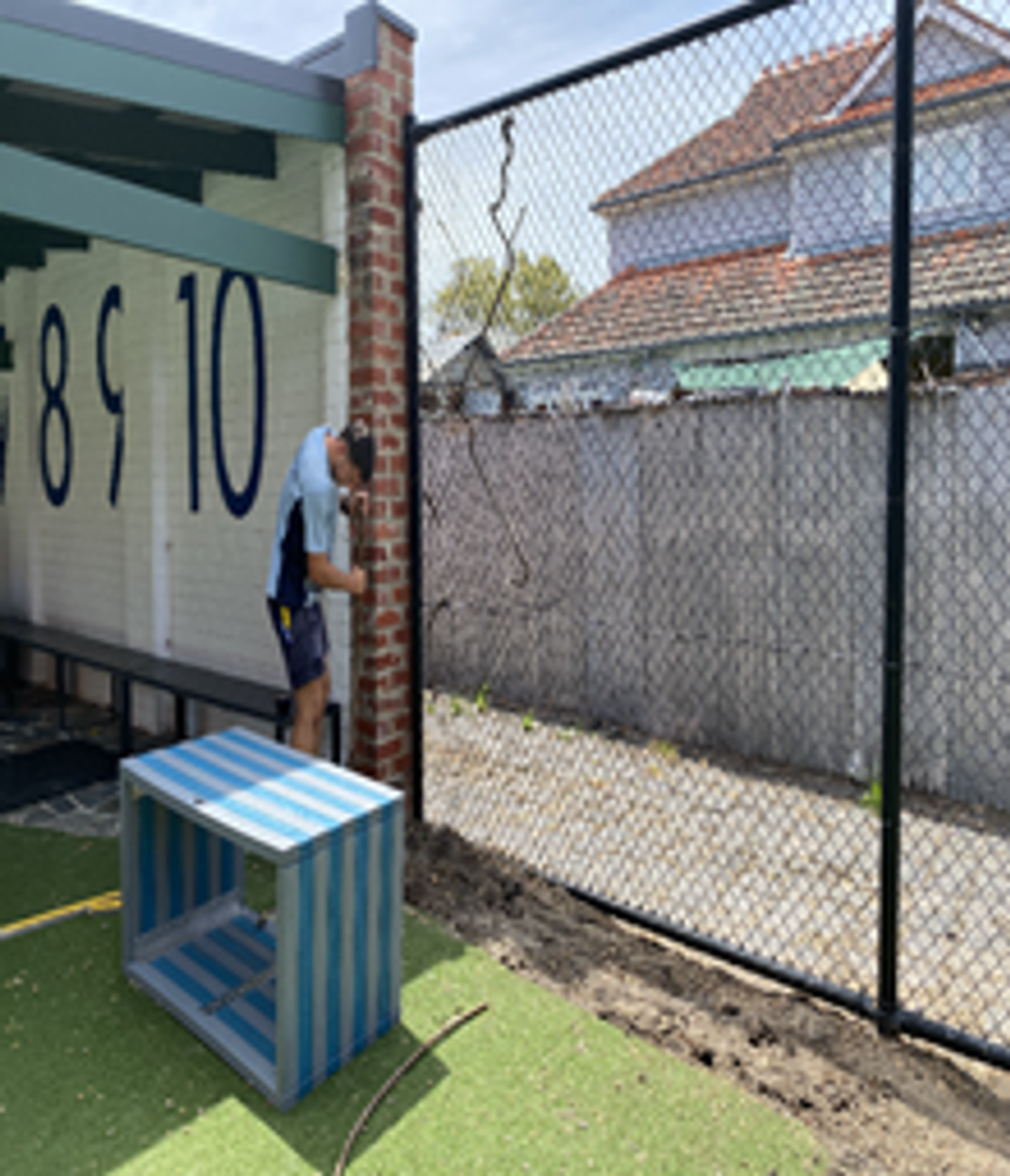
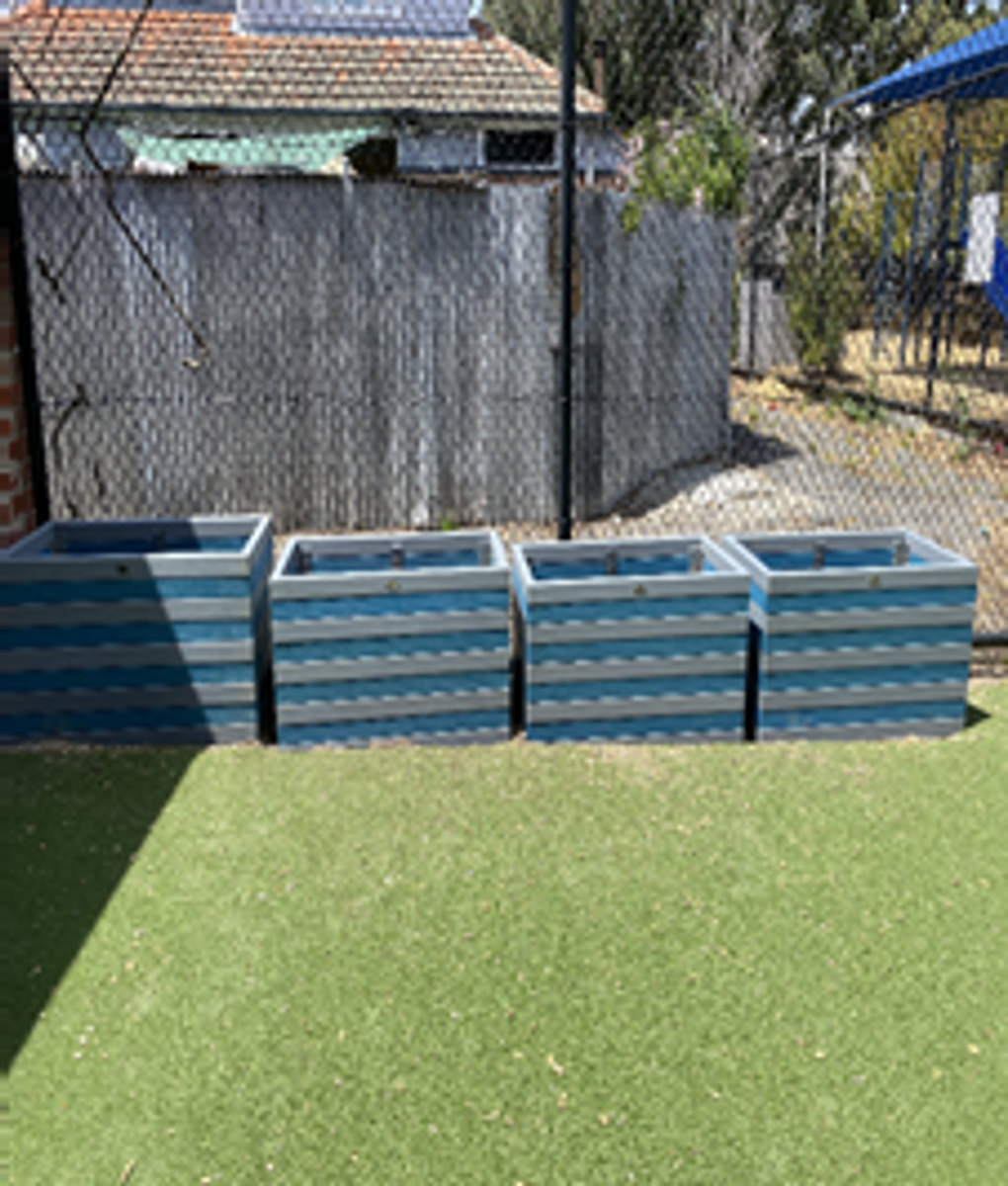







Last week we began focusing on how to REDUCE, RECYCLE & REUSE. Our learners discovered the importance of the 3Rs and what an impact they have on our environment. We discussed ways in which we can work together to reduce waste and packaging and how we can recycle materials.
Lots of things like jars, paper, cardboard and plastic can all be recycled. Recycling means making something new and useful out of something old or unwanted. Alex 1/2VK
I thought I was an expert at recycling already, but I still discovered so many new things. I did not know that paper gets weaker and weaker each time it gets recycled and that glass does not get weaker it stays the same. I also discovered that jackets are made of recycled plastic. Did you know that when all of your rubbish in the recycling bin gets placed in a machine that sorts everything into categories (glass, paper plastic) all by itself? Erica 3/4
Recycling fact - A lot of recycling centres can’t accept plastic bags,
so please keep these out of your recycling.
The students have been amazing collaborators in STEM. WOW! The students have displayed a great understanding of STEM and how young students can make a difference through science, technology, engineering and mathematics.
The Year 3/4 and Year 5/6 students are in the process of using the Tinkercad program to design keyring charms and will use the 3D printer to produce them and then sell them at the St Fidelis' Community Day (19th March 2023). The Year 1/2 students were re-introduced to coding by programming the Bee Bots to complete a challenge. This helped them to understand that coding is how we communicate with technology.
However, the major story here is our youngest St Fidelis' STEM students - ‘Foundation!’ The students were introduced to STEM, coding and the Bee Bots. The Foundation students collaborated in pairs to code their Bee-Bots to collect the nectar from the flower and return the nectar to the hive. It was amazing to observe the students collaborate, problem solve and code the Bee Bots to complete a specific task.
Here are photos of the Foundation students coding the Bee Bots and working collaboratively at STEM.
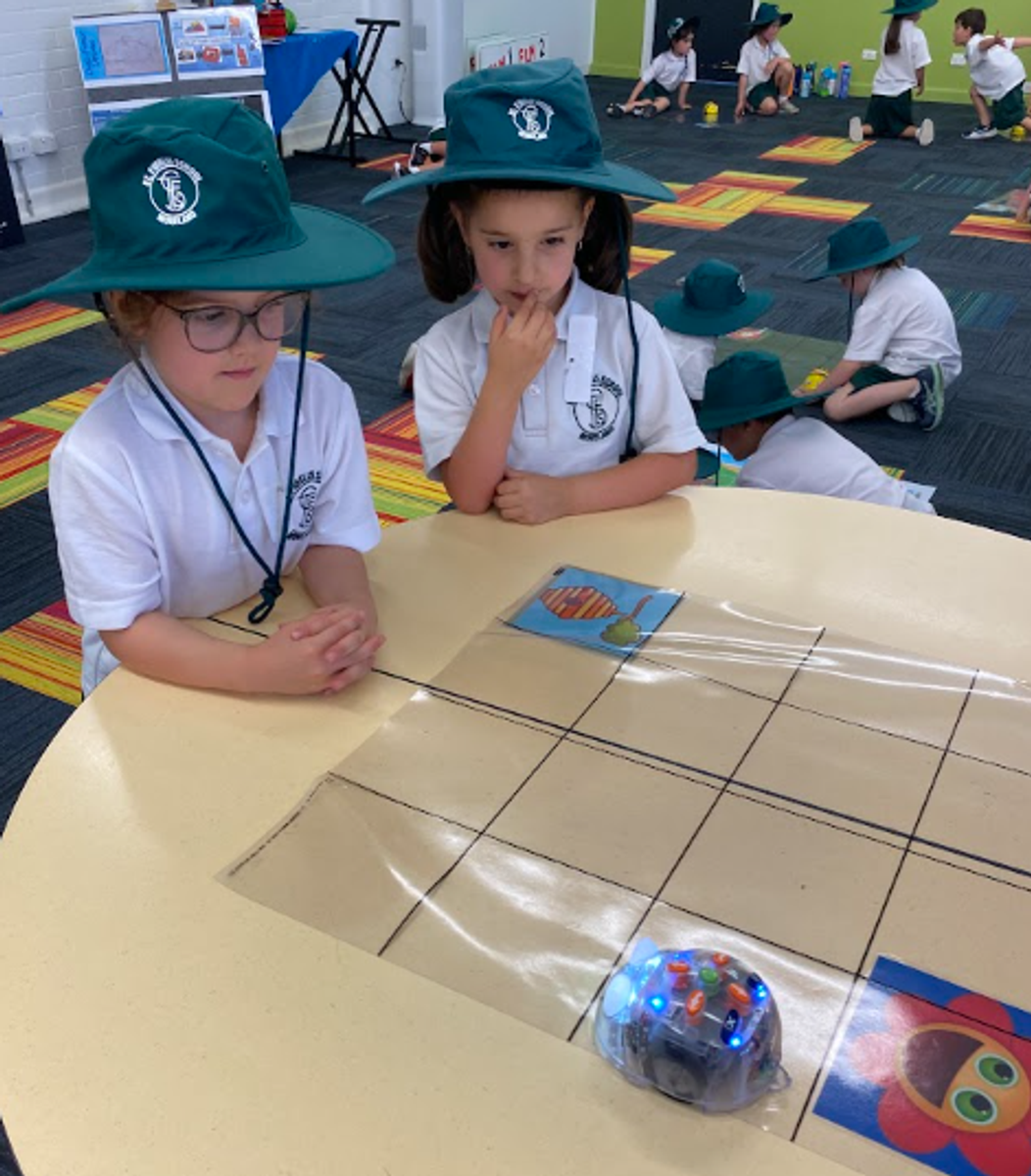
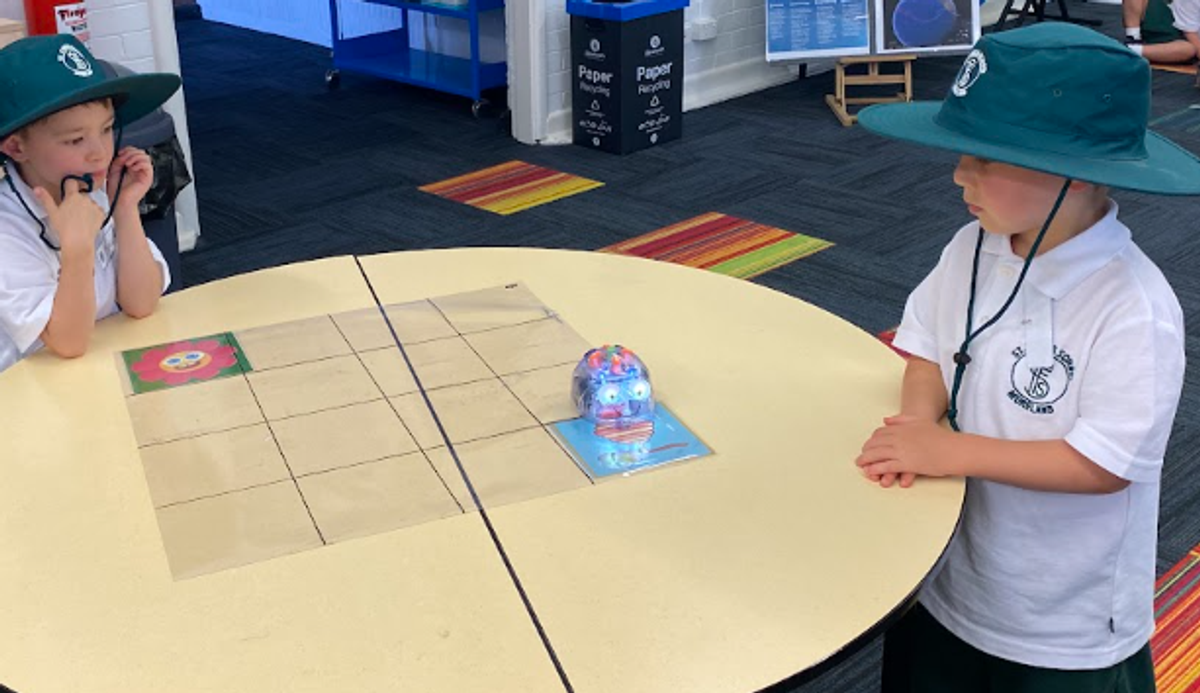
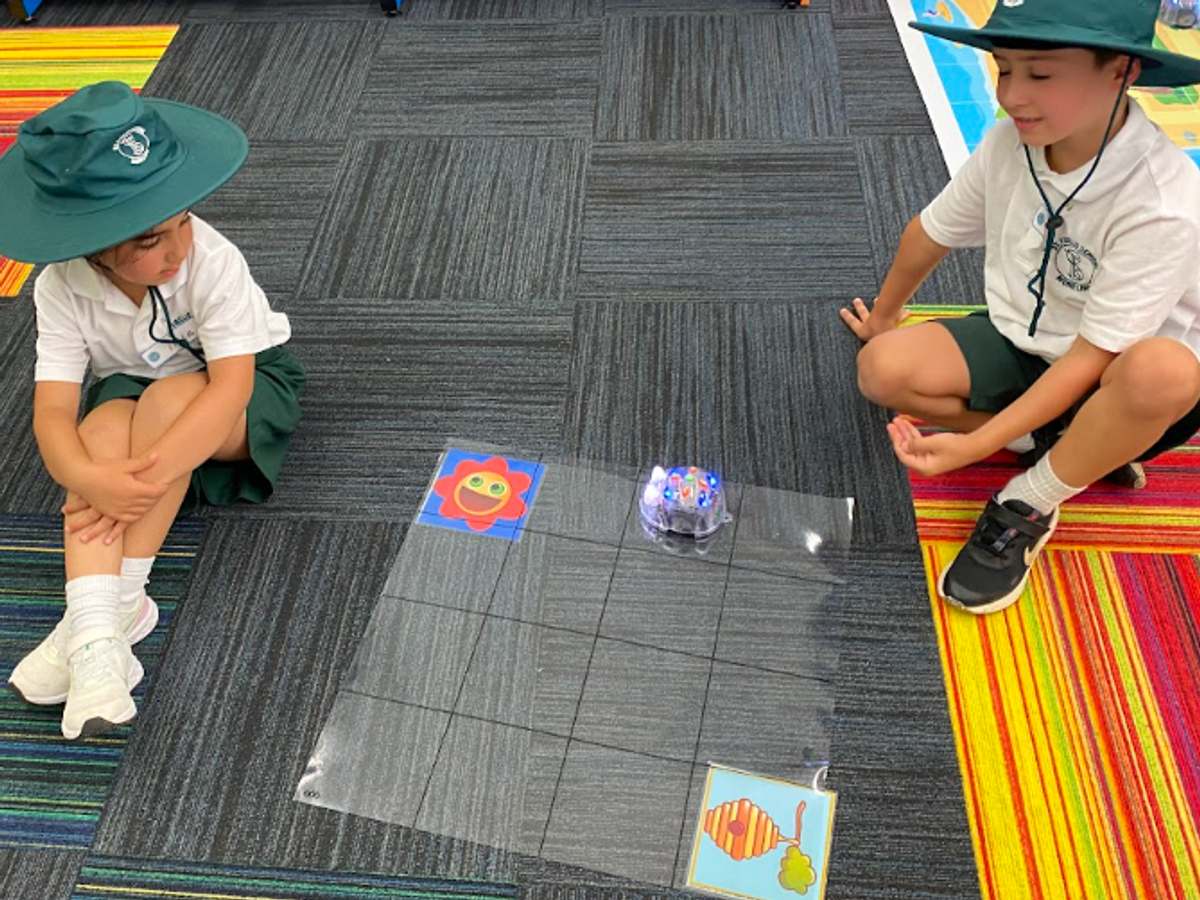
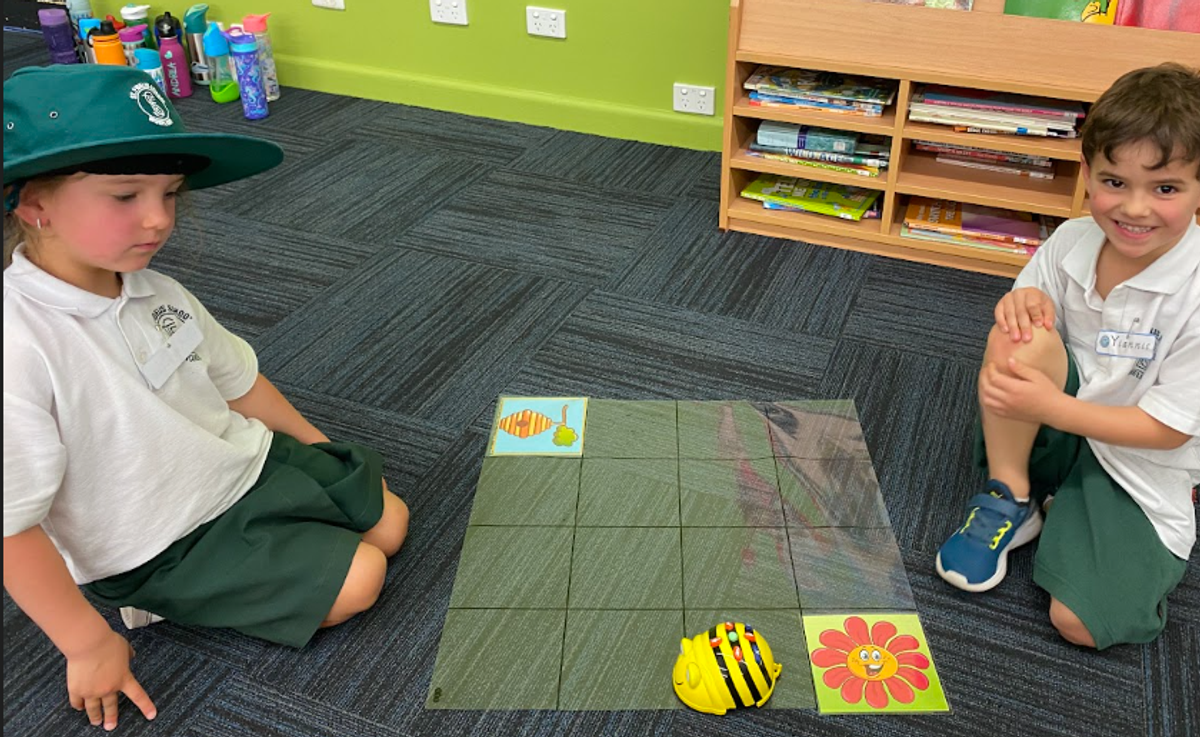
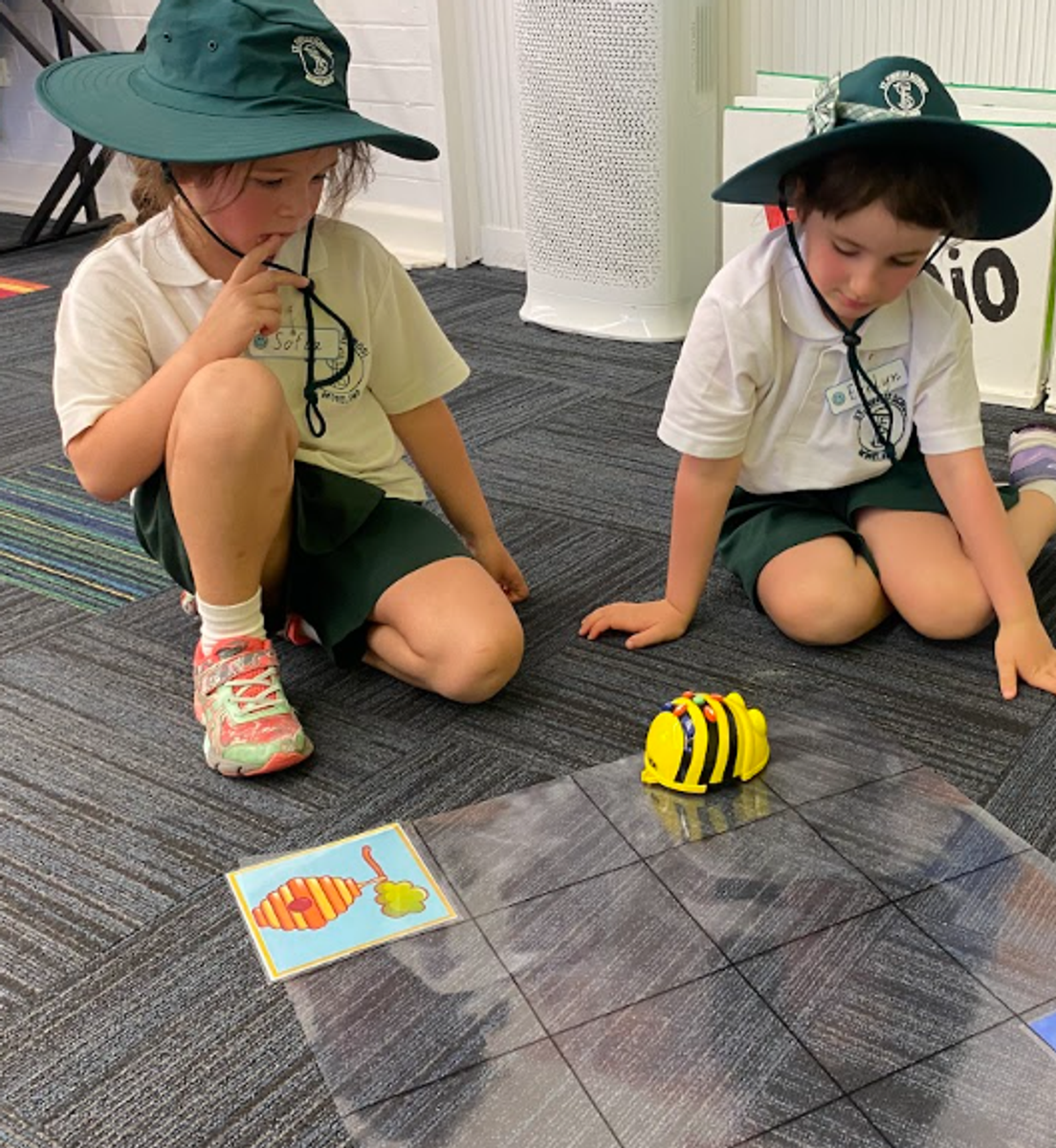
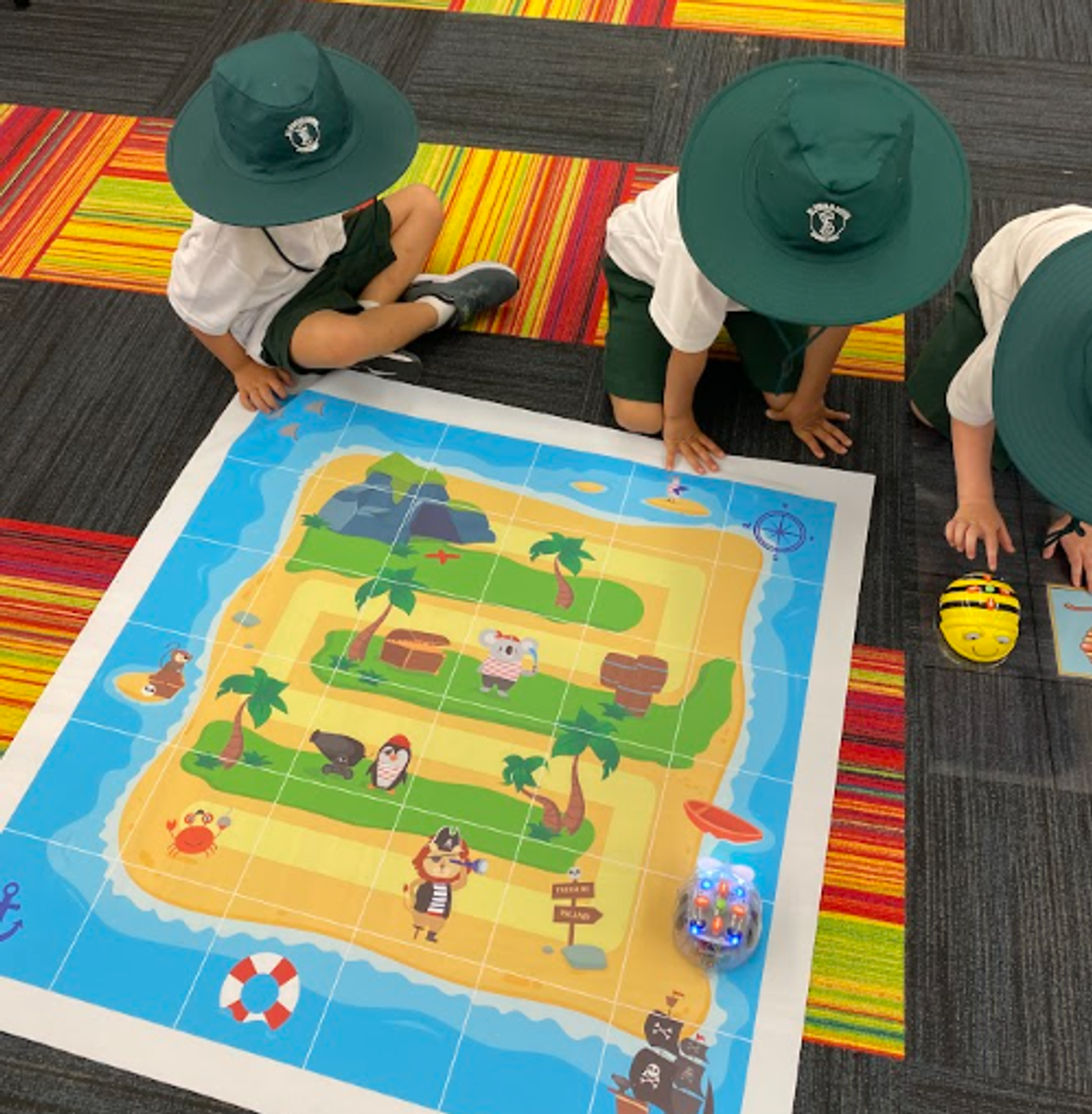


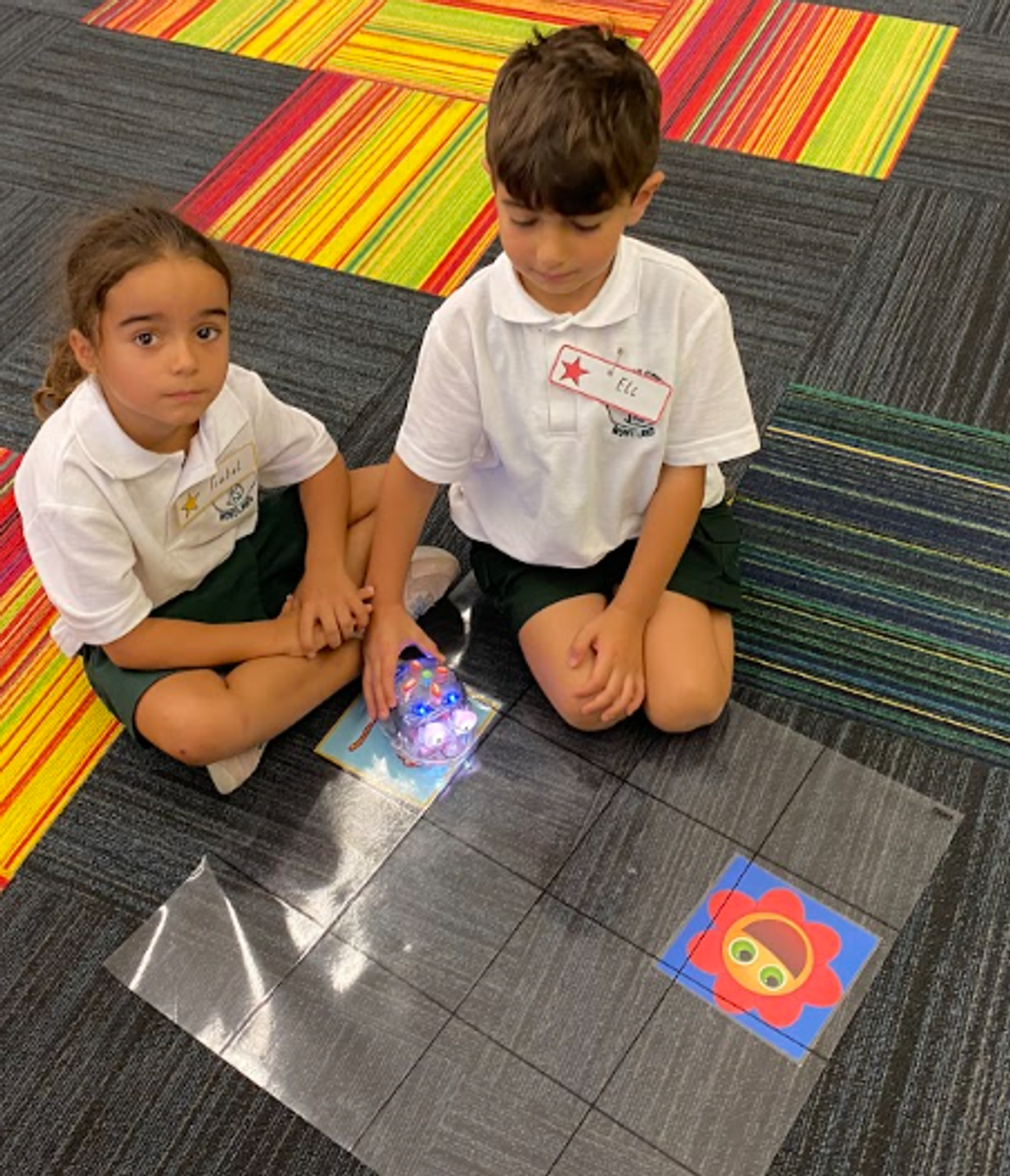
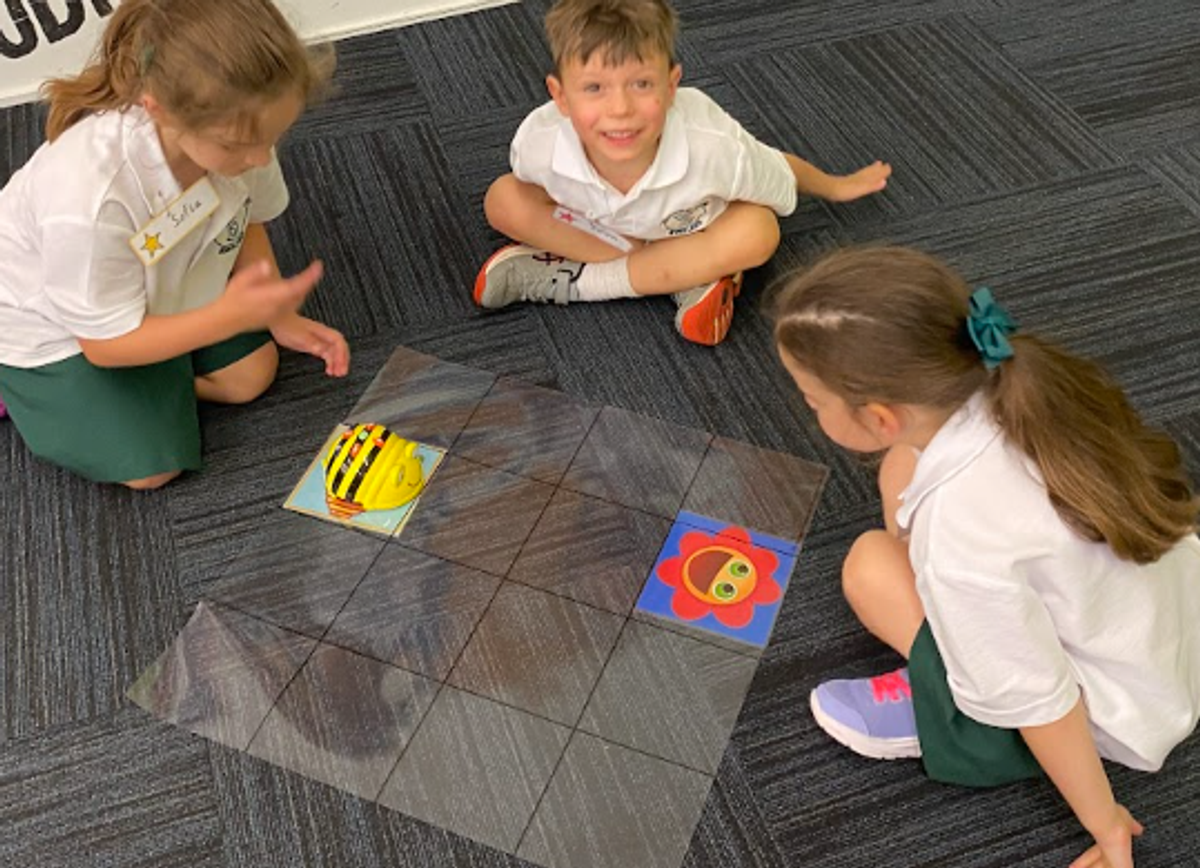










Pablo Picasso said, “Every Child is an Artist!” Picasso was right. The students at St Fidelis are very creative and imaginative young people. Currently the Year 3 to 6 students are exploring the features of the human face and how to draw a portrait. The Year 3/4 and Year 5/6 students are investigating self-portraits painted by Van Gogh and Frida Kahlo. We discussed the features, colours, tones, lines and the structure of their work and how can we implement their technique in our self-portrait.
Here are some of the Year 3/4 and Year 5/6 portraits following my instructions on how to draw a portrait using several stages.
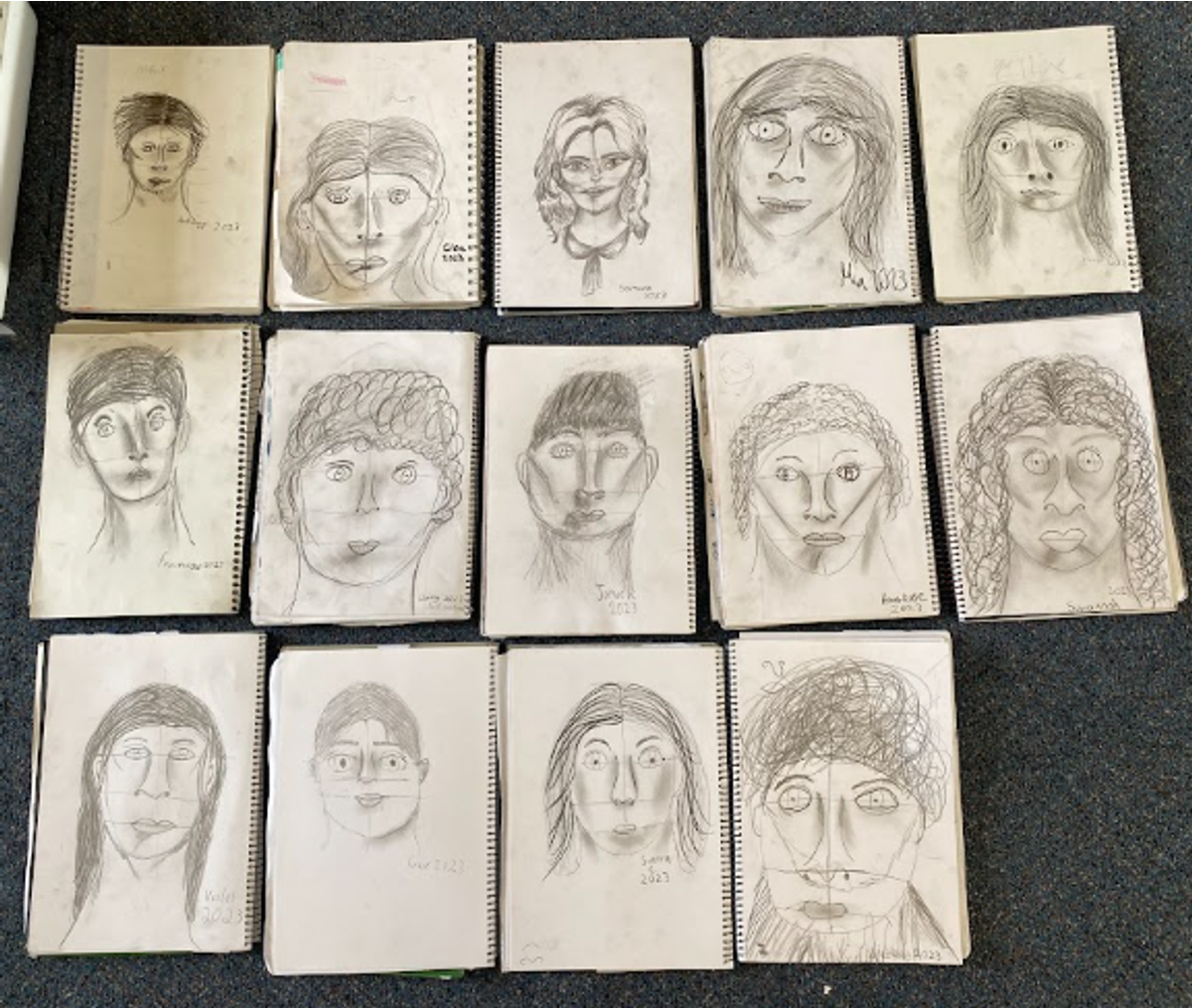
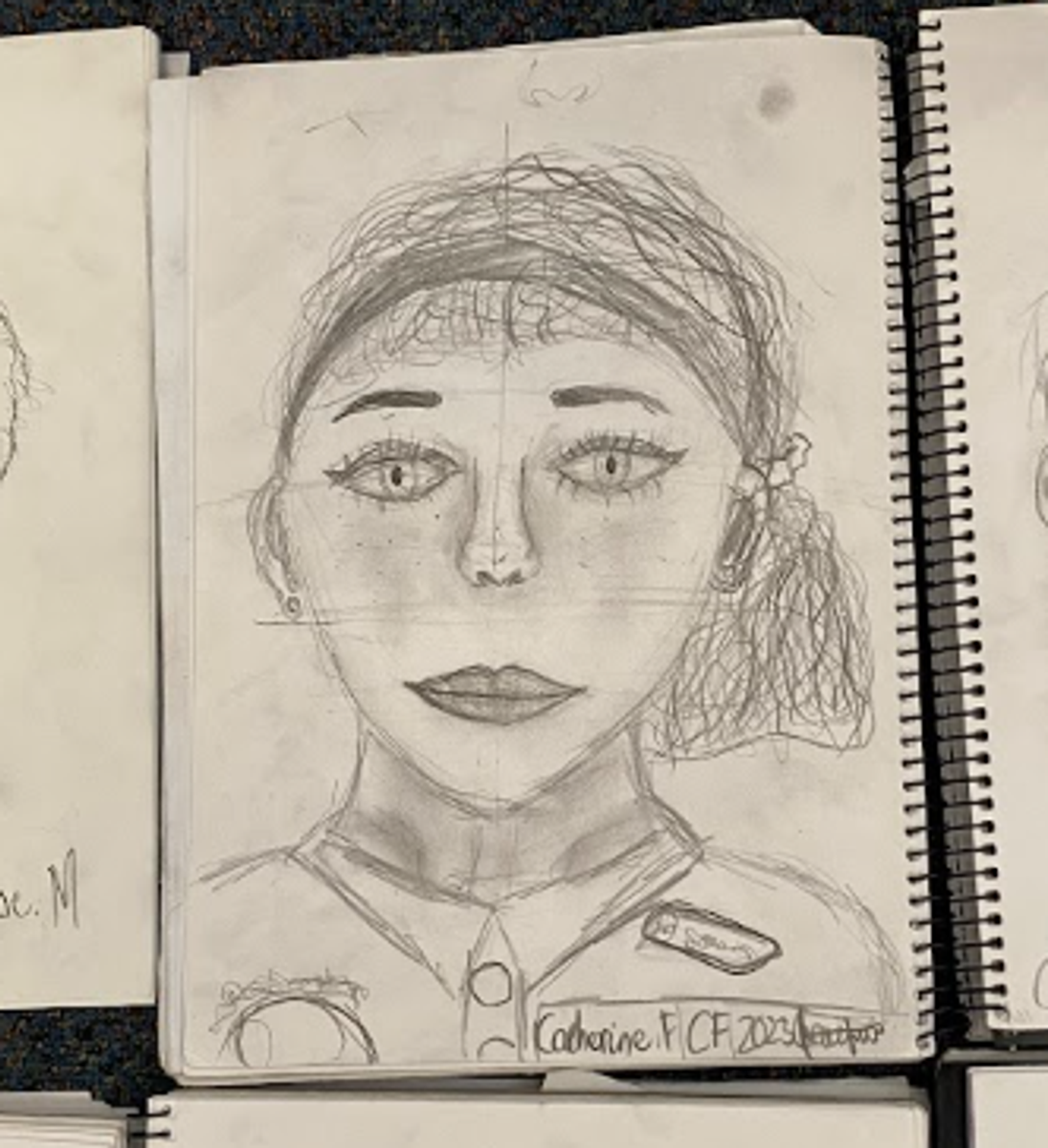


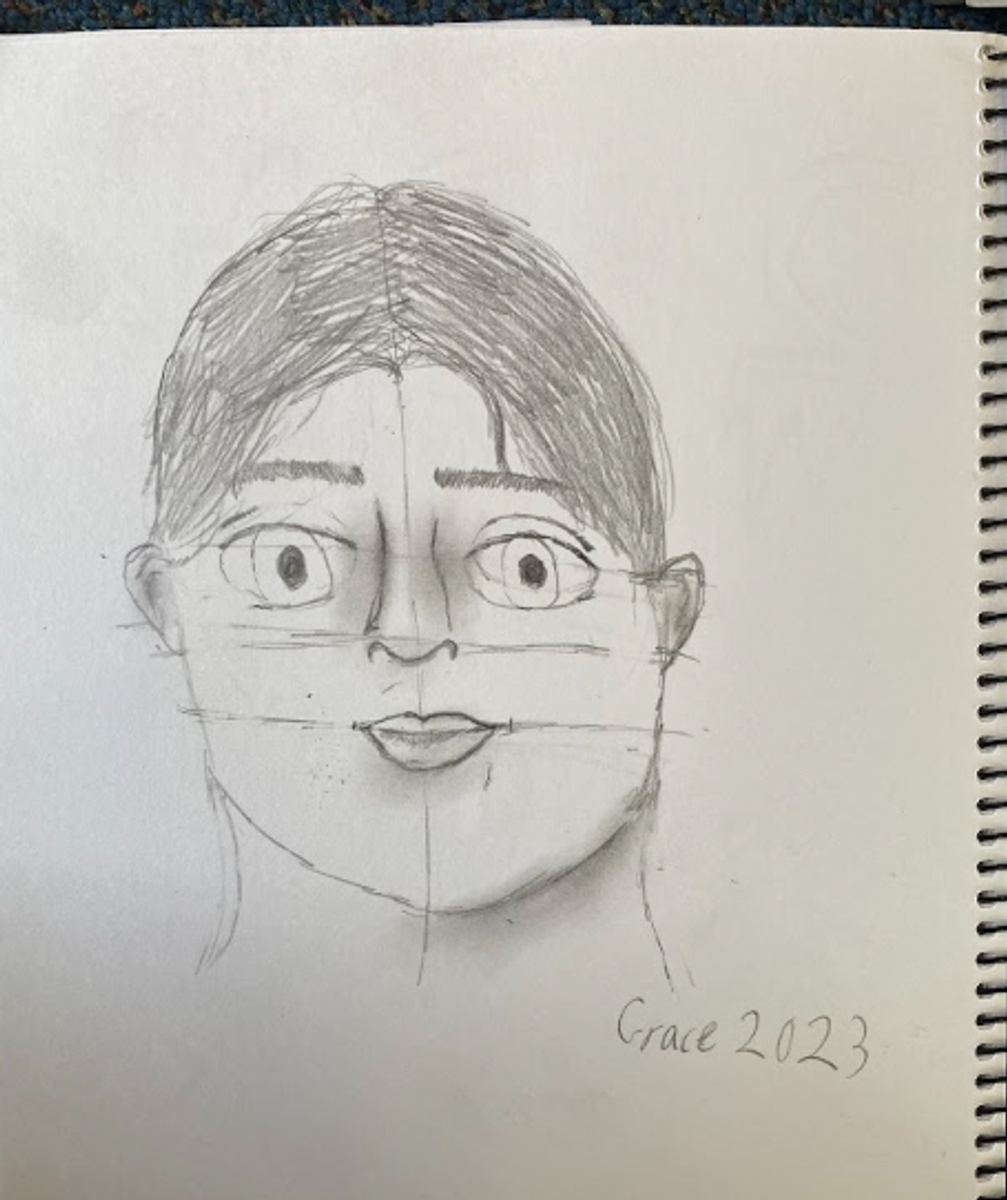
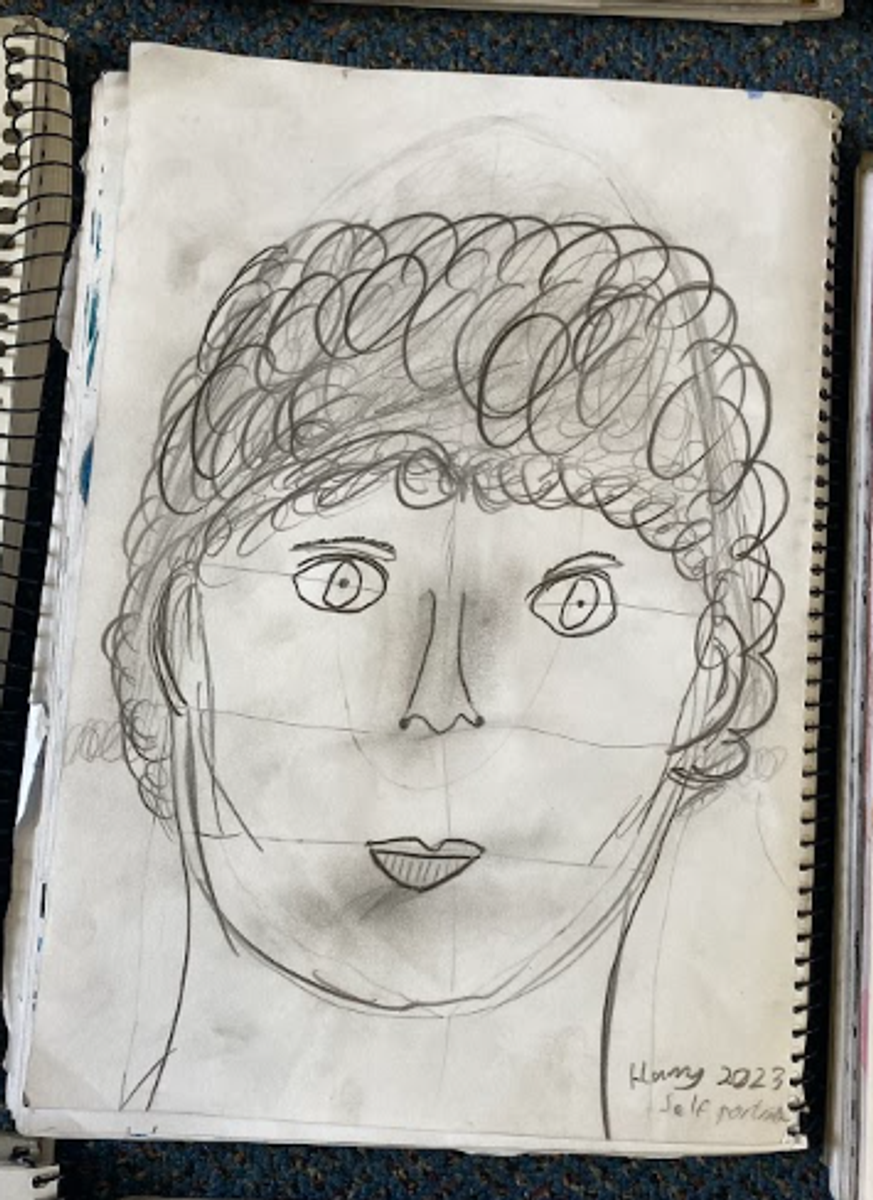








Year 1/2 students are revisiting the element of ‘LINE’. We discussed the different varieties of lines that can be drawn to design a pattern. The students were experimenting and exploring with different mediums (crayons, Texters, pencils) to draw a wide range of lines to create a pattern.
Here are some of the Year 1/2 students experimenting and exploring lines to create a pattern.
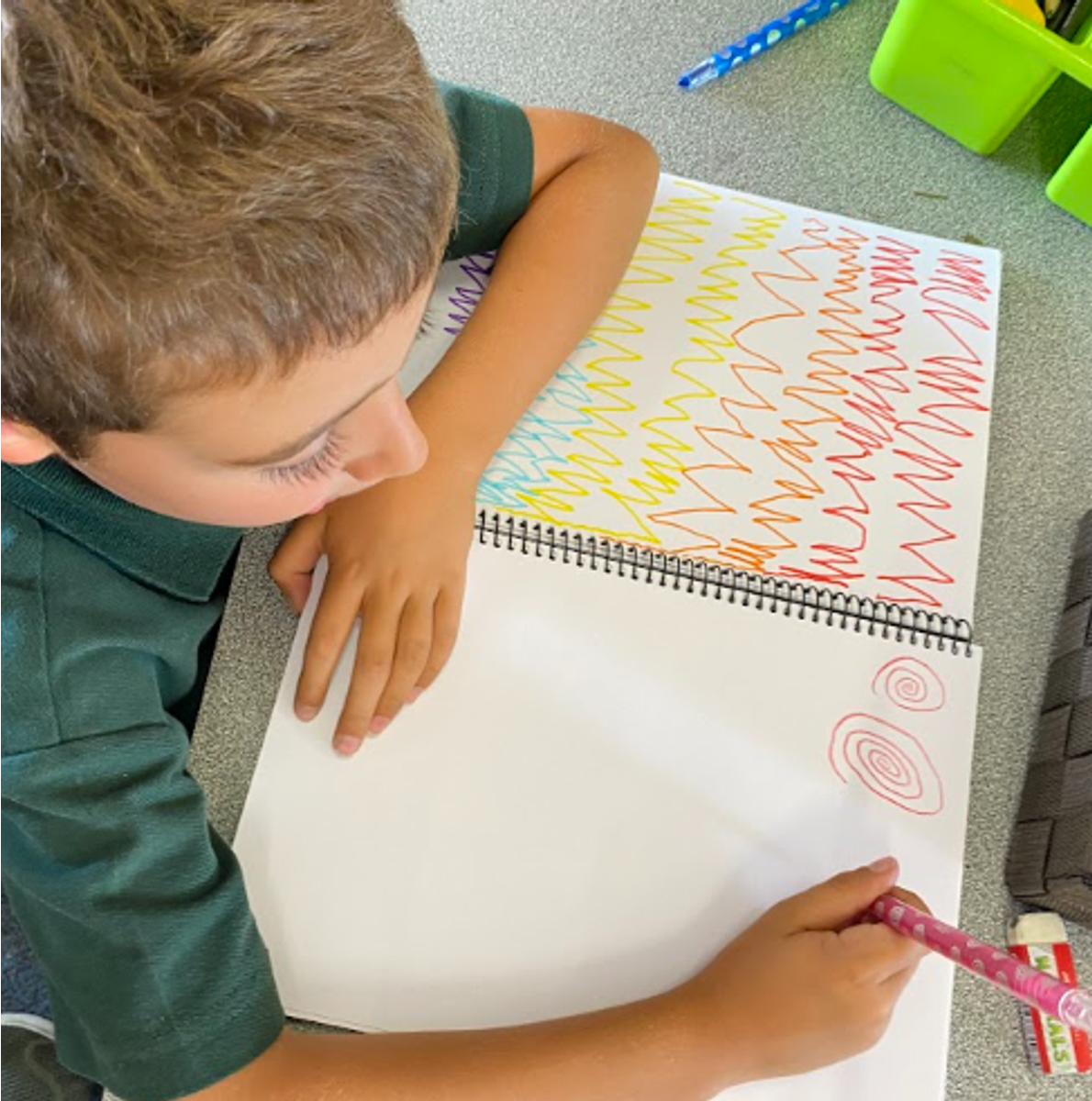



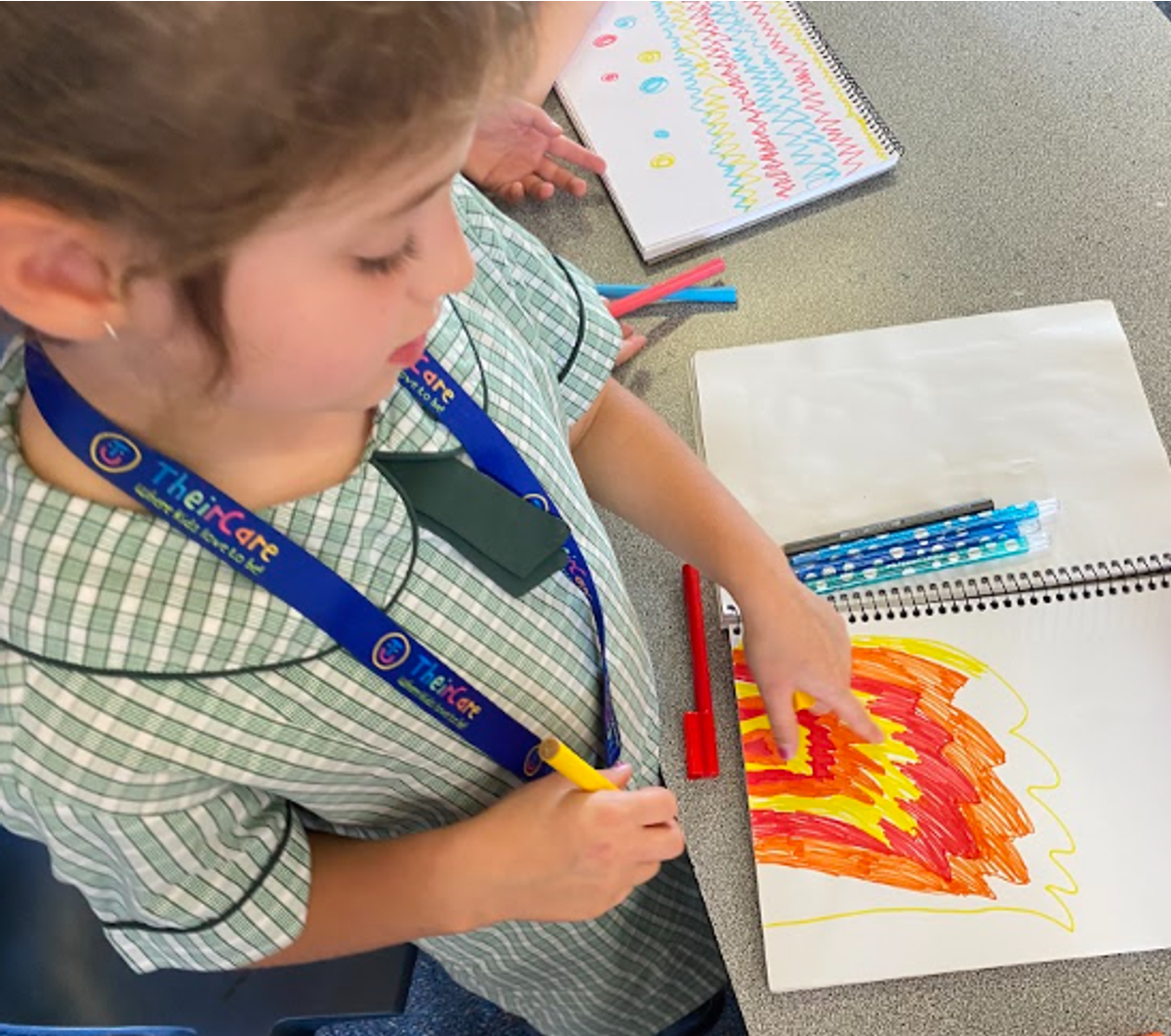
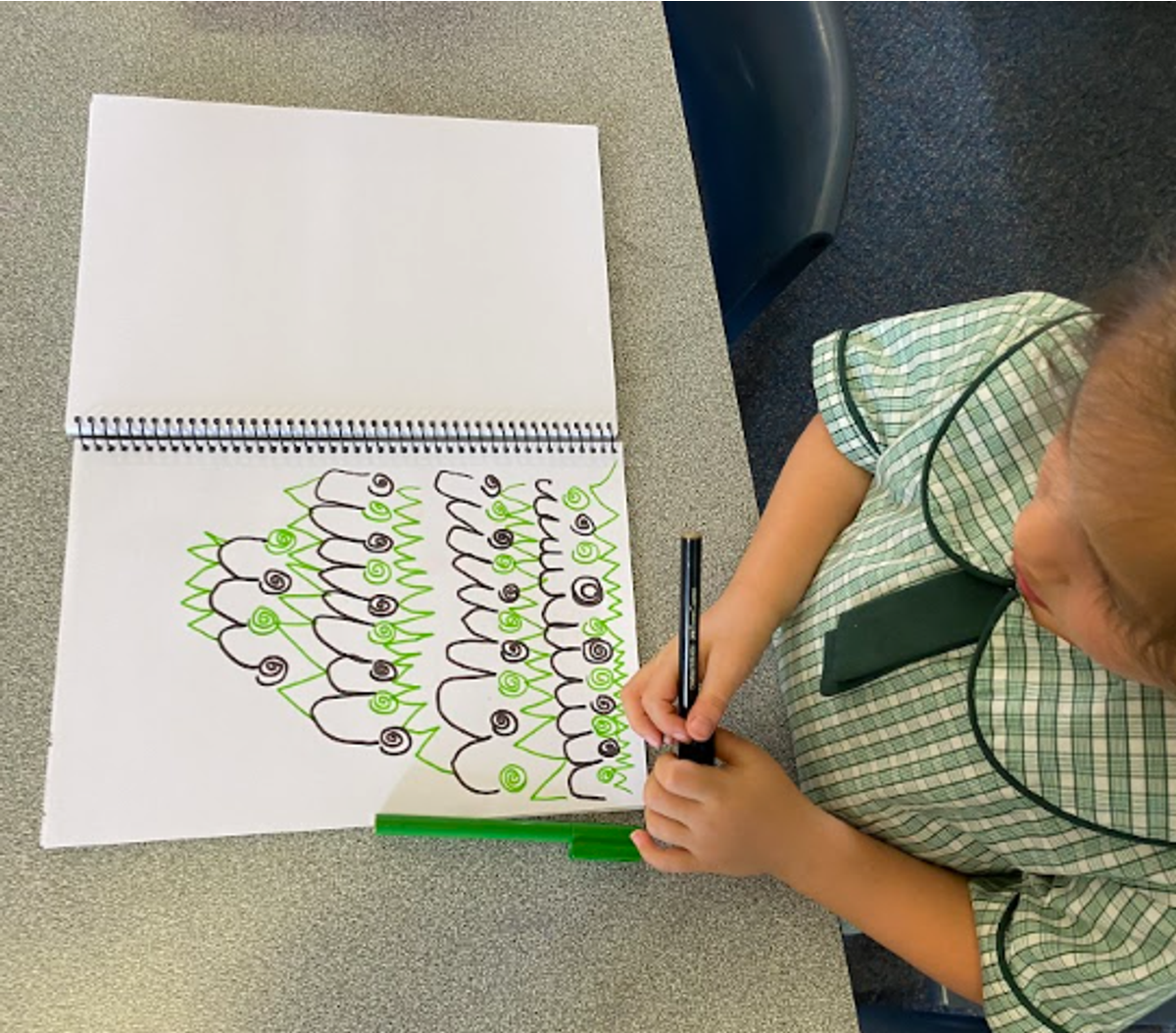






EXPERIENCE MUSIC
